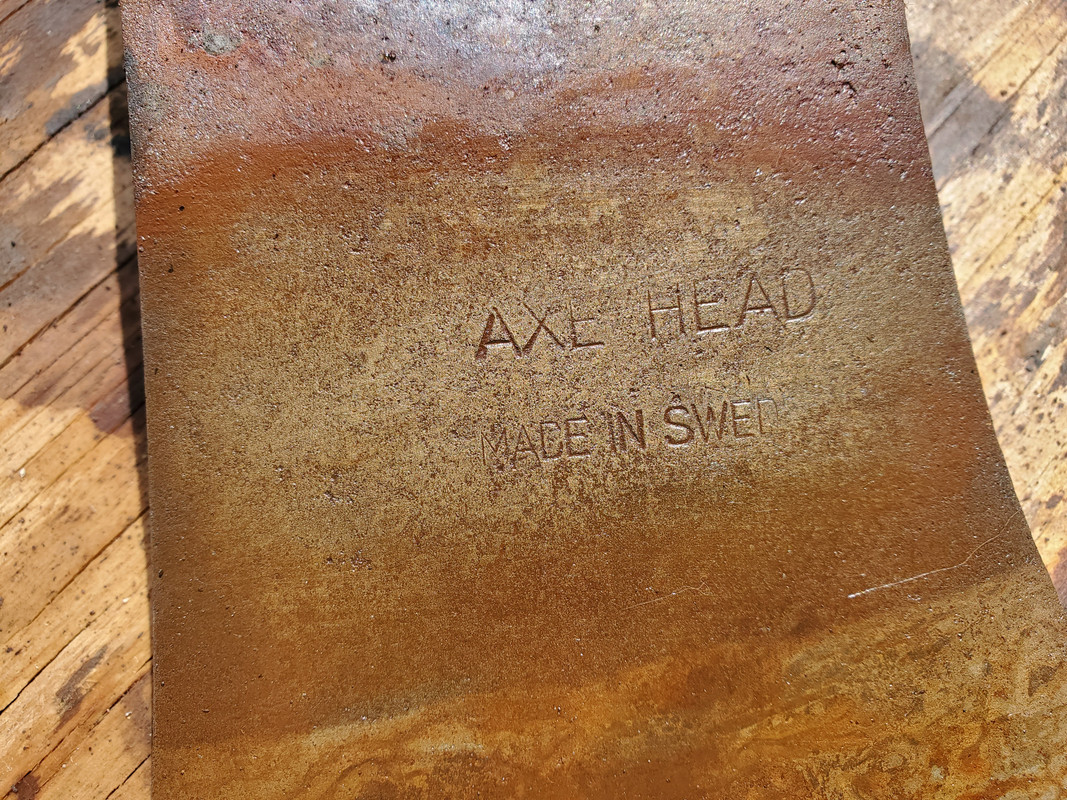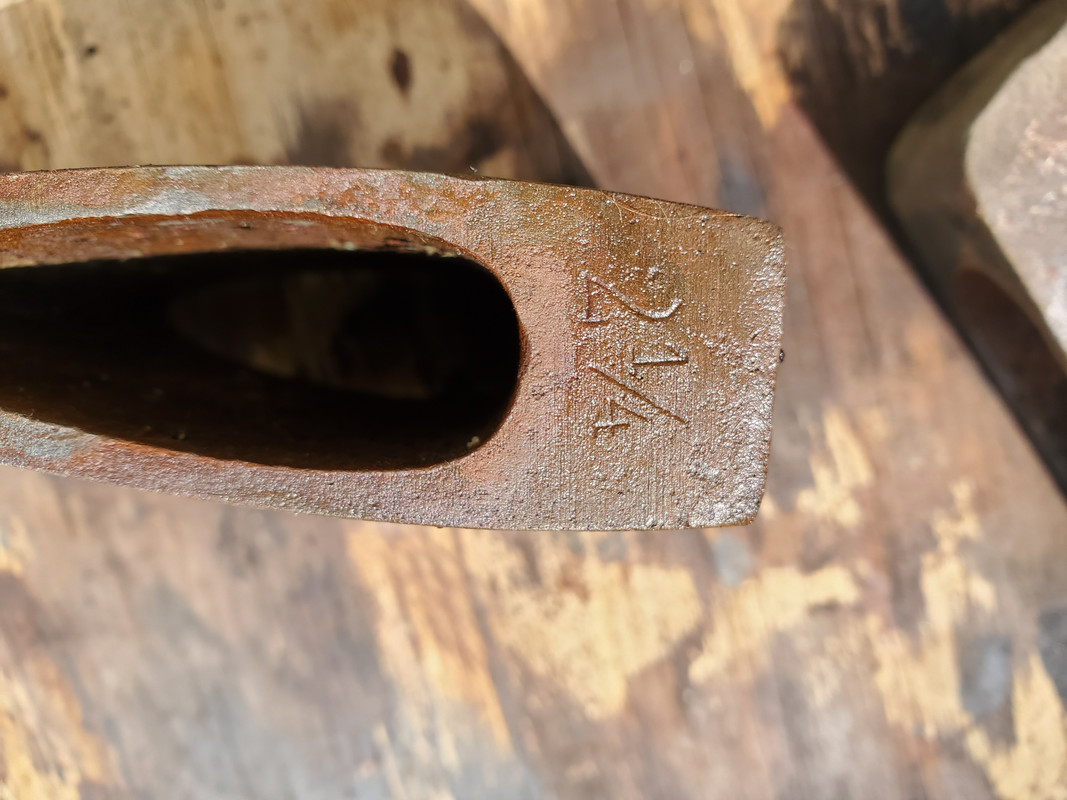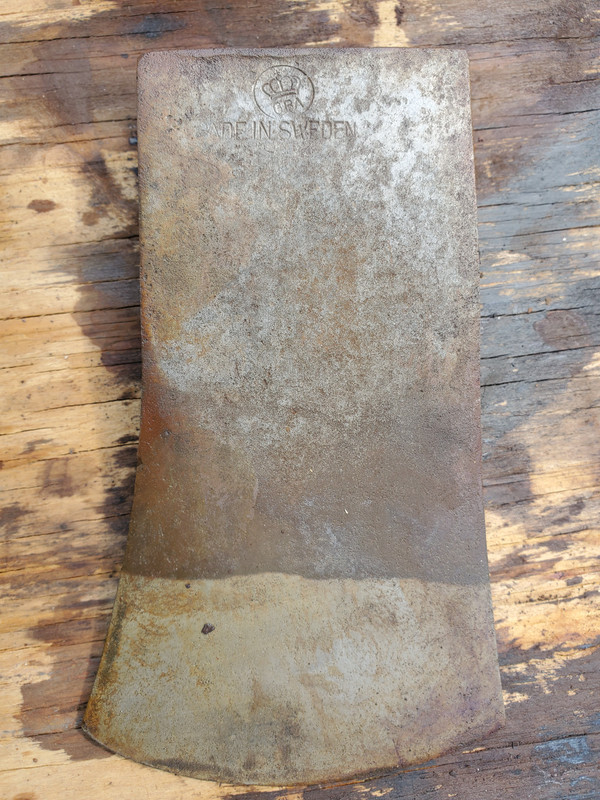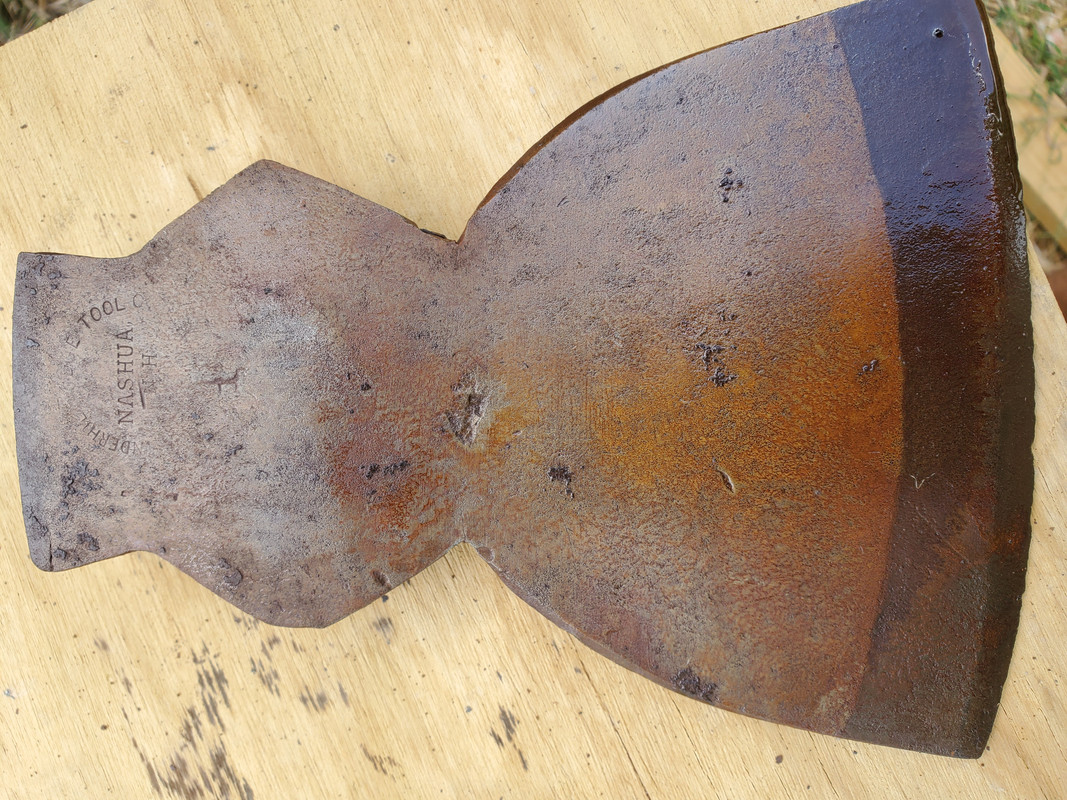- Joined
- Sep 30, 2019
- Messages
- 16







not sure I attached the images properly, lets see... Obviously not attached right..
Trying to figure out the image url issue
Last edited:
The BladeForums.com 2024 Traditional Knife is ready to order! See this thread for details:
https://www.bladeforums.com/threads/bladeforums-2024-traditional-knife.2003187/
Price is $300 $250 ea (shipped within CONUS). If you live outside the US, I will contact you after your order for extra shipping charges.
Order here: https://www.bladeforums.com/help/2024-traditional/ - Order as many as you like, we have plenty.







The GBA is definitely a Gransfors Bruks boys axe.

 I have what I believe is a boys axe head. I think it may be Gransfors Bruks. Can you identify it by the markings? Also I have this scallop shaped hewing hatchet/axe head that I can only make out Nashua NH and what looks like underhill edge tool co. Can you tell me why the hardened steel is curved instead of straight across the blade on the hewing axe and if enough material remains to make it worth hanging and using? Would sanding and polishing these while avoiding the marks be an acceptable way to restore and put back to work? What grit would you use? Would you file or grind down a mushroomed poll? These are blades I regret vinegar soaking and want to do the best thing from here forward. Thanks.
I have what I believe is a boys axe head. I think it may be Gransfors Bruks. Can you identify it by the markings? Also I have this scallop shaped hewing hatchet/axe head that I can only make out Nashua NH and what looks like underhill edge tool co. Can you tell me why the hardened steel is curved instead of straight across the blade on the hewing axe and if enough material remains to make it worth hanging and using? Would sanding and polishing these while avoiding the marks be an acceptable way to restore and put back to work? What grit would you use? Would you file or grind down a mushroomed poll? These are blades I regret vinegar soaking and want to do the best thing from here forward. Thanks.



not sure I attached the images properly, lets see... Obviously not attached right..
Trying to figure out the image url issue
Can you tell me why the hardened steel is curved instead of straight across the blade on the hewing axe and if enough material remains to make it worth hanging and using?
